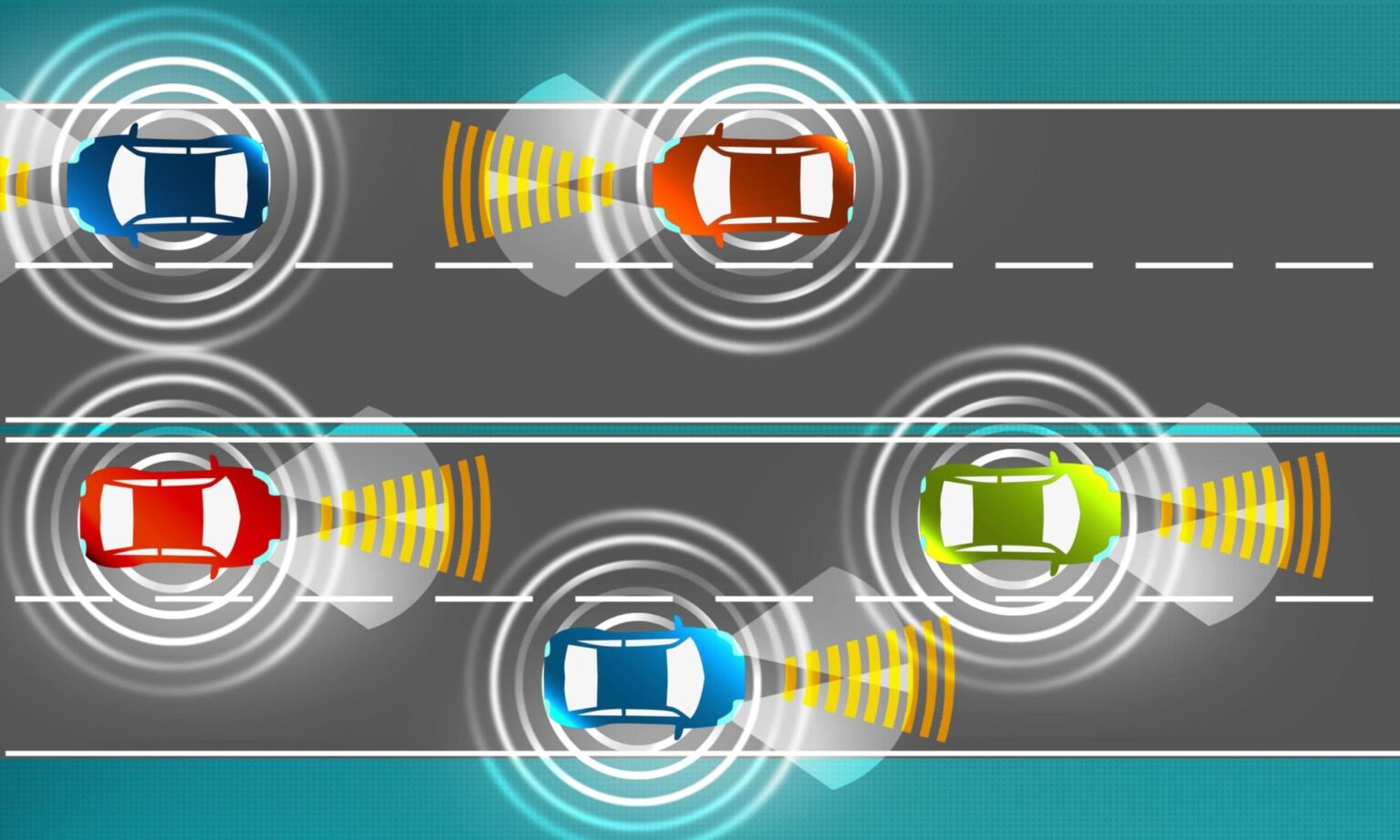LiDAR (Light Detection and Ranging) and radar are essential sensor technologies used in autonomous driving systems to perceive the environment and enable safe navigation. They play a crucial role in sensing the road ahead and detecting objects, providing valuable information for autonomous vehicles to make informed decisions. Here’s a closer look at the role of LiDAR and radar in autonomous driving:
- LiDAR (Light Detection and Ranging):
- Principle: LiDAR sensors emit laser beams and measure the time it takes for the light to bounce back after hitting objects in the surrounding environment. This data is used to create a detailed 3D representation of the environment, including the distance, position, and shape of objects.
-
- Object Detection: LiDAR sensors are effective in detecting and classifying objects, such as vehicles, pedestrians, cyclists, and road infrastructure. They provide accurate distance measurements, enabling precise object identification and tracking.
-
- Mapping and Localization: LiDAR helps in creating high-resolution maps of the surroundings. By comparing real-time LiDAR data with pre-existing maps, autonomous vehicles can accurately determine their position and navigate the road network.
-
- Perception and Obstacle Avoidance: LiDAR sensors enable real-time perception of the environment, helping autonomous vehicles detect obstacles, analyze road conditions, and plan safe trajectories. LiDAR data is crucial for collision avoidance and path planning algorithms.
-
- Limitations: LiDAR sensors may have limitations in adverse weather conditions, such as heavy rain, snow, or fog, which can affect the quality of the laser beam reflections. However, advancements in LiDAR technology are addressing these challenges.
-
- Radar (Radio Detection and Ranging):
- Principle: Radar sensors emit radio waves and detect their reflections from surrounding objects. By measuring the time it takes for the radio waves to return, radar sensors can determine the distance, speed, and direction of objects.
-
- Object Detection and Tracking: Radar sensors are effective in detecting and tracking objects in various weather conditions. They can detect vehicles, pedestrians, and other obstacles, providing important data for collision avoidance systems.
-
- Speed Measurement: Radar sensors can accurately measure the speed of surrounding objects, including the relative speed between the autonomous vehicle and other vehicles or pedestrians. This information is crucial for maintaining safe distances and adapting to traffic flow.
-
- Long-Range Sensing: Radar sensors have the advantage of longer sensing range compared to LiDAR and can detect objects at a greater distance. This makes them particularly useful for highway driving and detecting objects beyond the line of sight.
-
- Limitations: Radar sensors may have lower resolution compared to LiDAR, providing less detailed information about object shape and structure. Additionally, radar may struggle to detect stationary objects or objects with low radar reflectivity.
-
Integration of LiDAR and Radar:
- Complementary Capabilities: LiDAR and radar sensors are often used together in autonomous driving systems to complement each other’s strengths. LiDAR provides detailed 3D perception and precise distance measurements, while radar offers long-range detection and robust performance in adverse weather conditions.
- Sensor Fusion: By combining the data from LiDAR, radar, and other sensors, such as cameras and ultrasonic sensors, autonomous vehicles can create a comprehensive and robust perception of the environment. Sensor fusion techniques enable a more accurate and reliable understanding of the road ahead.
- Redundancy and Safety: The use of multiple sensors, including LiDAR and radar, enhances redundancy and safety. If one sensor fails or encounters limitations, other sensors can compensate and ensure the continuous perception of the environment.
LiDAR and radar technologies continue to evolve, becoming more advanced, affordable, and compact. Ongoing research and development efforts focus on improving their capabilities, reliability, and integration into autonomous driving systems, further advancing the realization of safe and efficient autonomous vehicles.



